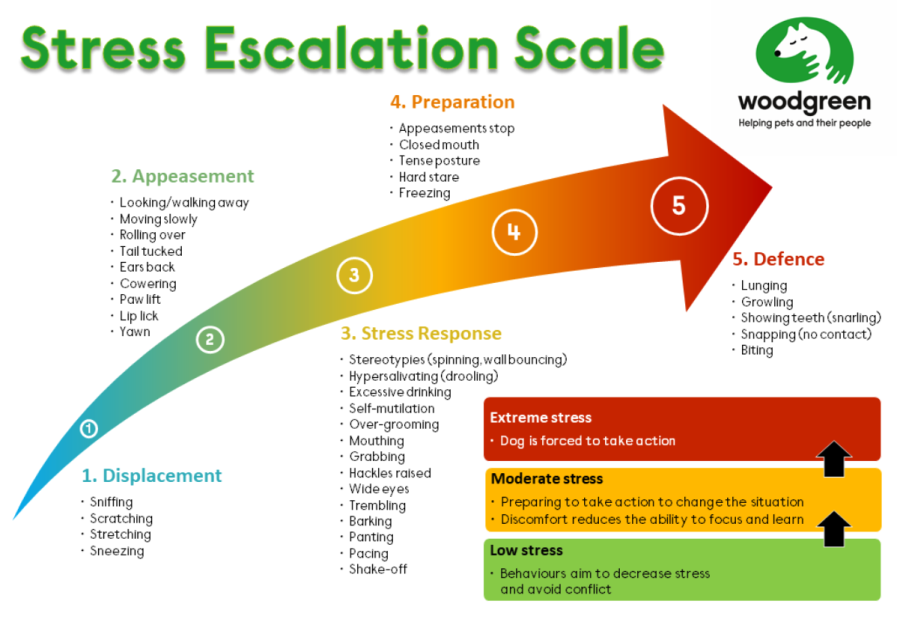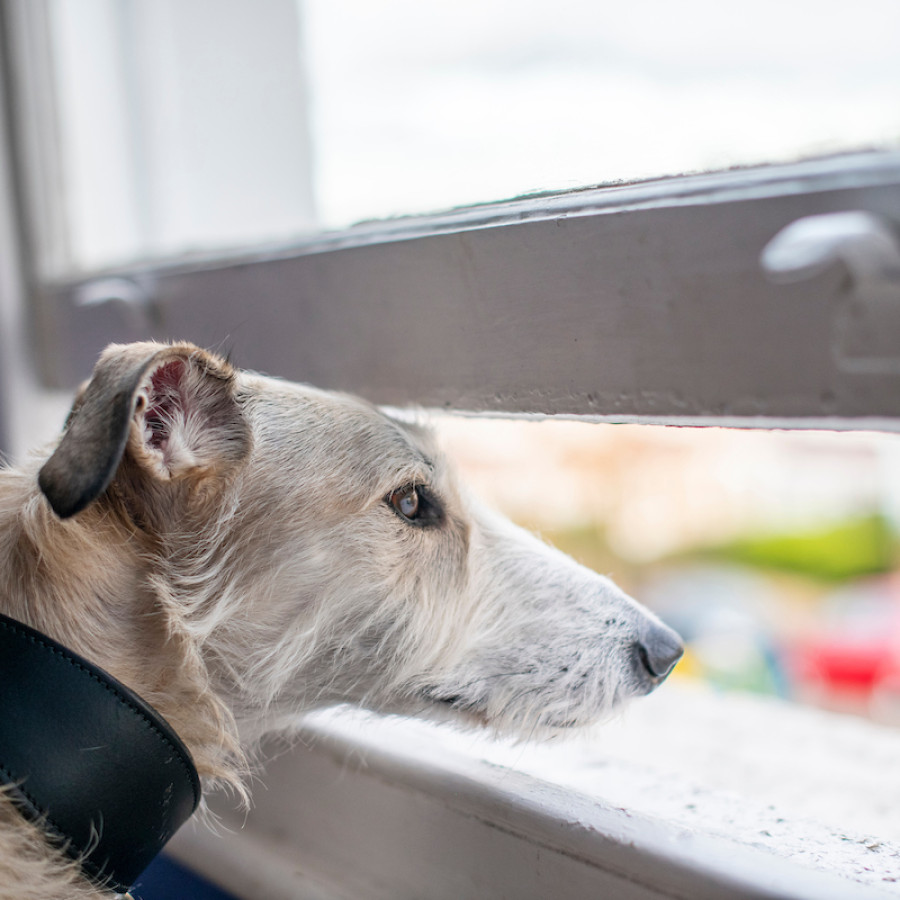
Chloe asks
My dog won't stop whining, what should I do?
Signs of distress or anxiety in dogs include avoiding eye contact, licking their lips, yawning, panting or pacing. You may also spot them trembling, hiding away or refusing to eat.
Dogs that are worried and showing these signs are not being naughty. They just need kindness, support and a bit of training to help them.
If you notice your dog is distressed, speak to them in a calm voice and allow them to move away or investigate in their own time. During this time, you may want to offer them a tasty treat or engage with play to change their feelings to more positive ones.
Dogs that are distressed may bark, growl, or snarl. Again, this isn’t aggressive or ‘bad’ behaviour, it might just be that the first cues of anxiety weren't spotted in time.
If you notice your dog becoming distressed over a particular thing, try and reduce how often and how long they’re exposed to the trigger until you have some professional support.
If your dog does any of these things, take a moment to stop and identify the cause. A few reasons could be fear of thunderstorms, strange dogs or people outside, or being at the vet. Some dogs may be worried about everyday comings and goings like cars, cyclists or children playing. Contact your vet if you notice your dog suddenly showing signs of distress out of the blue, it’s worth getting them checked over. Pain is a common cause of sudden behaviour changes.
Don’t punish a growling dog – they're asking you to listen to them. Instead, think about what could be setting them off and what you can do to make them feel better. If your dog is still growling regularly, or you’re worried about their behaviour – speak to a professional for support.
Observe your dog in everyday situations to identify what things make their anxious behaviour start. Then you can address the root cause of their worry.
Make sure everyone in the family can read the dog’s body language and know the signs of distress. This is particularly important for children.
Get in touch with Woodgreen’s dedicated team of behaviour and training specialists for support if your dog is regularly showing signs of distress.
I was struggling with my dog's anxiety, especially when we had to leave the house. Thanks to Woodgreen's advice, I've made some changes that have worked wonders. By sticking to a consistent routine, my dog knows what to expect each day, which has significantly reduced her anxiety.
This advice really helped me and my new pup! I tried teaching recall without your guidance and struggled. Woodgreen's step-by-step dog training videos break each action down for you and I'm happy to say we finally made progress!


